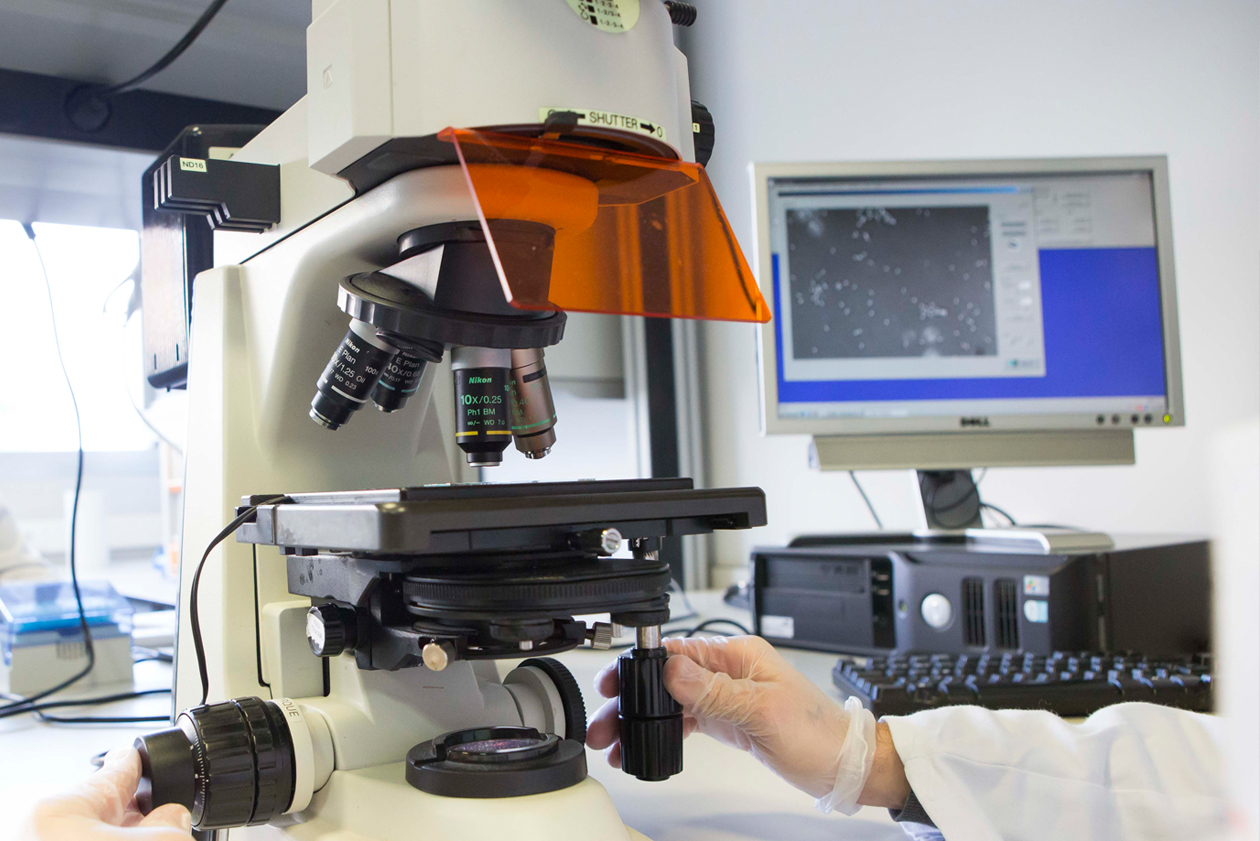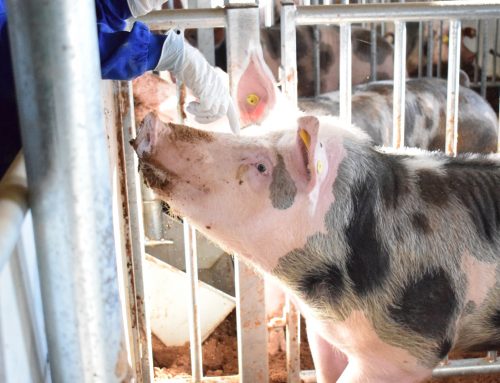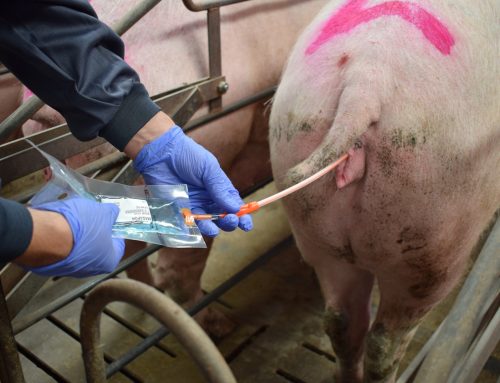Regarding the topic of the past weeks, in the following blog-posts we are going deal with the process of ejaculate evaluation.
In this first part we review the limits, for optimum quality, of the spermiogram of an ejaculate used for the production of seminal doses.
Once the ejaculate arrives at the laboratory, the first inspection must be macroscopic:
Colour: The normal colour is a creamy shade. If it is very clear it will indicate a low sperm concentration.
- A yellowish color will reveal the presence of urine; in these cases it will be accompanied by a characteristic smell.
- If the tone is pinkish, it will be signaling that there is blood in the ejaculate.
- We can also see ejaculates with a brown or brownish colour; this is associated with inflammatory problems of the seminal vesicles.
In any of these 3 cases these ejaculates should be discarded, since they are not normal.
Volume: Normal value ranges between 100 and 400 ml, depending on the fractions collected and the races.
———————————————————
Afterwards we will continue with the microscopic assessment:
Motility: the motility of an ejaculate used for dose production should be at least 70%. Multiple studies have indicated that above this value there is no difference in terms of fertility and prolificacy.
Agglutination: Union of several sperm forming clusters. Several degrees are considered:
GRADE 1: A group with less than 20 spermatozoa.
GRADE 2: Two groups with less than 20 sperm cells.
GRADE 3: Several groups with more than 20
For this parameter we should not use ejaculates with grade 2 or 3.
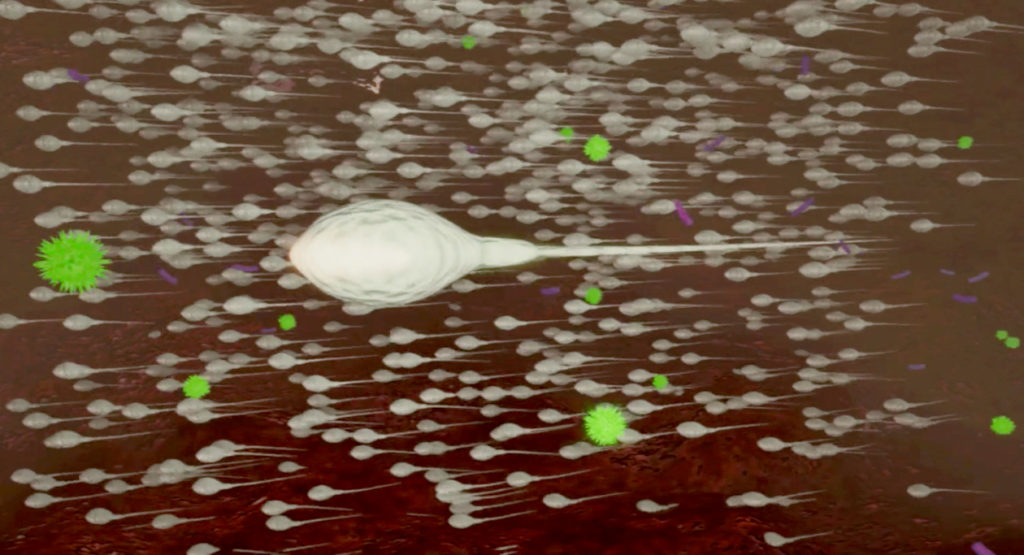
Dirt: The ejaculate must not contain skin cells (flaking) or any other unknown substances/tissues.
Concentration: The evaluation of this parameter, together with the volume of the ejaculate will be the one that gives us the number of seminal doses that we can produce with that ejaculate, depending on the characteristics of concentration and volume that we want the doses to have.
Abnormal forms: The presence of morpho-abnormalities in the ejaculate should not exceed 25-30%. Seminal doses with a higher percentage could affect the results of fertility and prolificacy obtained. Within the different types of morpho-abnormalities, these are the limits:
– Normal morphology spermatozoa:> 70-75%
– Spermatozoa with head defects: <5%
– Sperm with mid-piece defects: <5%
– Spermatozoa with tail defects: <10%
– Spermatozoa with proximal cytoplasmic droplet: <15%
– Spermatozoa with distal cytoplasmic droplet: <15%
Other parameters that are not evaluated in 100% of the ejaculates used, but should be routinely controlled by the boar stud itself or by an external laboratory, are the following:
- Mesophilic aerobic contamination: <300 CFU / ml
- Molds and yeasts: Absence
- Other:
- integrity of the membrane
- acrosome condition
- mitochondrial activity
- early apoptosis
- integrity of DNA
And finally, as a summary, these are the quality limits.
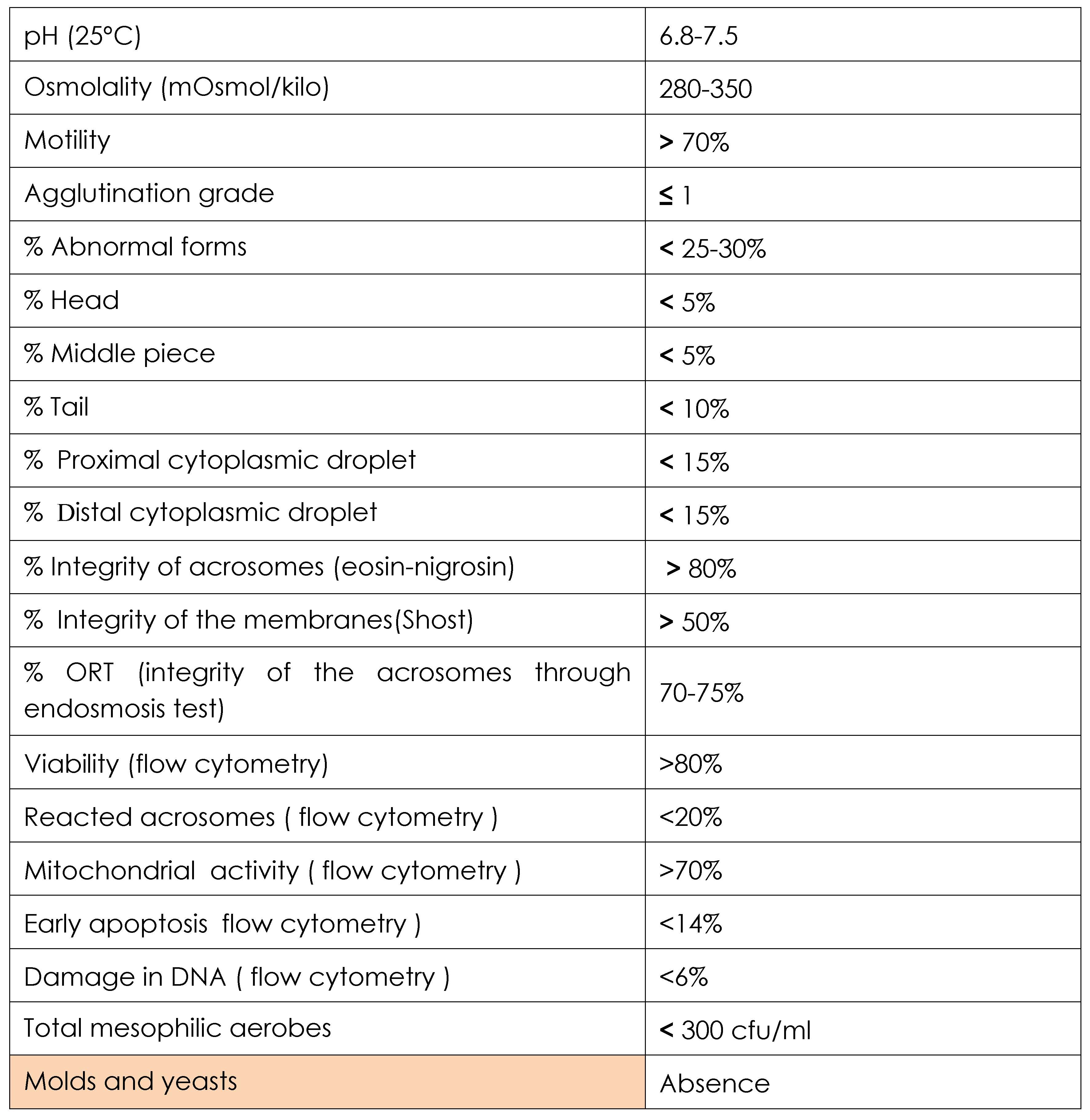
In the next post we will address the advantages and disadvantages of the equipment and methodologies used for the assessment and analysis of these parameters. Do not miss it !!!!

